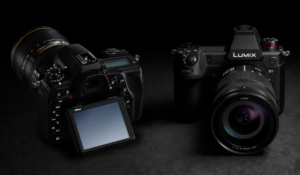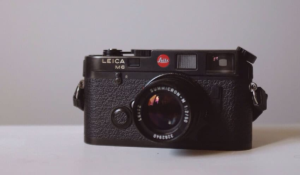A Comprehensive Guide to Memory Cards: Everything You Need to Know

The following is a brief introduction to the topic:
Memory cards silently store our photos, videos and data. Understanding memory cards, whether you’re a smartphone user or a professional cameraman, is essential for optimizing storage space and ensuring data security. This comprehensive guide will cover everything you need about memory cards. From types and specifications, to best practices and usage tips.
Memory Cards Types

Memory cards are available in a variety of sizes, shapes and formats. Each is tailored to specific devices or usage scenarios. The most common types are:
- Secure Digital (SD Card): the most common form of camera storage. Available in SDHC, SDXC, and standard versions.
- MicroSD cards: Small versions of SD Cards, which are commonly used for smartphones, action camcorders, and drones.
- CompactFlash (CF), larger cards, are preferred by professionals for their high-speed performance and robustness.
- XQD cards and CFast 2 cards: These are special formats for professional cameras and camcorders that require high-speed data transfers.
- Memory Stick, xD Picture Card and Others: Legacy formats created by specific manufacturers such as Sony and Olympus. They are now less common, but still present in older devices.
Specifications and Features
When selecting a memory card there are several important specifications and features to consider:
- Storage Capacity: From a few gigabytes up to multiple terabytes in size, the storage capacity is what determines how much information a card can store.
- Speed class and bus interface: Class ratings (e.g. Class 10, UHS I, UHS II) indicate minimum writing speeds while the bus interfaces (e.g. UHS I, UHS II) determine maximum data transfer rates.
- Video Speed Class (V30,V60,V90): This class is essential for videographers as it guarantees a smooth recording.
- Compatible with the card slot of your device and its operating system. This is especially important when you are using proprietary or older formats.
- Durability and reliability: To protect your data from harsh environments, look for features such as waterproofing, shock-resistance, and temperature tolerance.
Using Memory Cards Effortlessly
Follow these tips to get the best out of your memory card:
- Format your Cards: To ensure compatibility and optimal performance, format the card before using it.
- Back up Your Data: You should regularly back up all your data in order to avoid loss of information in the event of a card failure or accidental deletion.
- Handle with Care: Avoid bending or dropping memory cards, or exposing them to magnetic fields or extreme temperatures, as this can damage their delicate components.
- Monitor Card Health: Use diagnostics and utilities to monitor the health of your card and identify potential problems before they become serious.
The conclusion of the article is:
Memory cards are an essential part of our digital life, as they provide convenient storage for photos, videos and data. Understanding the types of memory cards and their specifications will help you to ensure a reliable performance. You can also protect your memories by following best practices. You can benefit from investing in quality memory cards, whether you are a professional or casual photographer.



